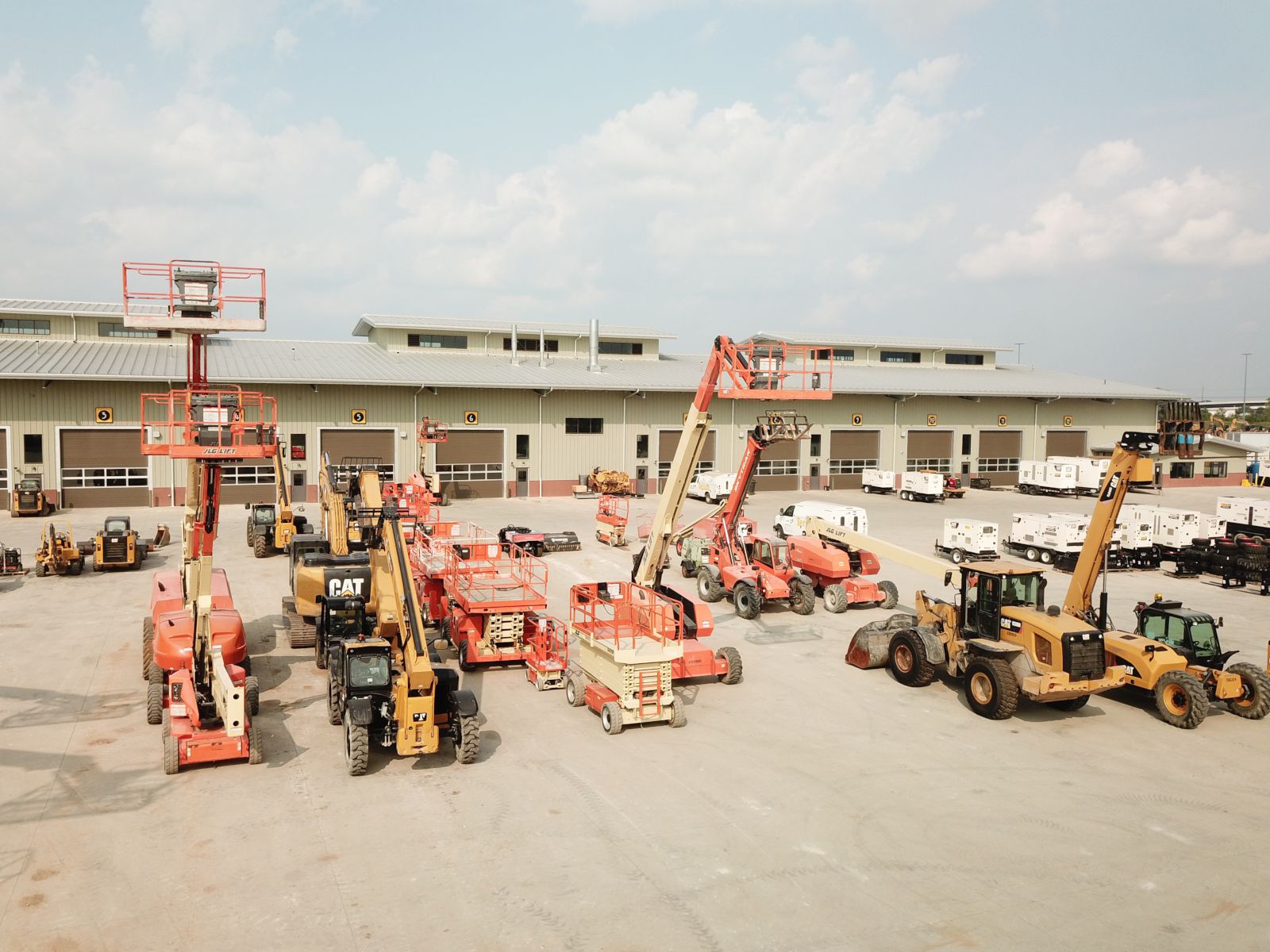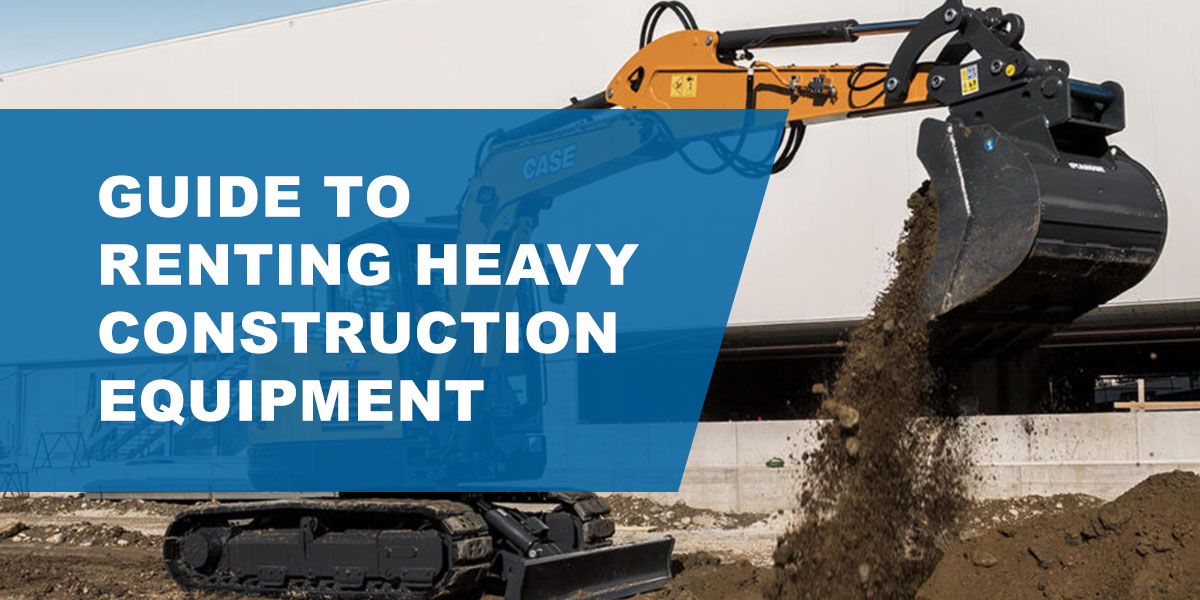Aerial Lift Rental: Versatile Training Solutions for High-Access Jobs
Aerial Lift Rental: Versatile Training Solutions for High-Access Jobs
Blog Article
Optimize Your Budget Plan by Recognizing the Costs Connected With Construction Equipment Services
Understanding the complete extent of costs related to building and construction devices leasings is crucial for maximizing your spending plan. While the initial rental charge might seem straightforward, various extra expenditures-- such as transport, gas additional charges, and maintenance-- can rapidly gather, affecting your financial preparation. Furthermore, being aware of various fees and the complexities of rental contracts can help stay clear of unanticipated monetary burdens. What strategies can be used to efficiently manage these costs and make sure a more effective rental experience?
Overview of Rental Costs
When taking into consideration building equipment services, understanding the linked costs is extremely important for efficient budgeting and task preparation. Rental prices can differ significantly based on a number of aspects, including tools type, duration of service, and area. The first rental charge often mirrors the equipment's market demand and its associated functional capacities, affecting the general expense.
In enhancement to the base rental rate, ancillary costs may occur, such as transportation fees, fuel surcharges, and upkeep costs. It is important to account for these extra costs to accurately analyze the total expense of renting out equipment. In addition, the rental period can impact prices; longer rentals may get approved for affordable rates, while short-term leasings might incur greater daily fees.

Failure of Rental Prices
A thorough understanding of rental prices is crucial for service providers and task supervisors intending to enhance their budget plans. Rental prices for construction tools typically are composed of numerous elements, including base rates, time-based charges, and usage costs.
Base prices are the core costs connected with the rental of the tools, typically established by the type and dimension of the equipment. These rates can vary considerably, influenced by variables such as equipment demand, schedule, and local market trends. Time-based charges, which might be daily, weekly, or monthly, offer to suit different project timelines and rental periods.
Furthermore, rental rates might consist of usage costs, which are relevant when devices is utilized past a defined limit, making sure that the rental company can make up deterioration. Seasonal need variations can additionally impact rental rates, with peak building and construction seasons typically regulating higher prices.
In addition, comprehending the rental company's plans regarding upkeep and insurance coverage can provide more insight into the total expense structure. By assessing these elements, contractors can make educated choices, guaranteeing the selection of rental tools aligns with both job requirements and budget plan restraints.
Added Fees to Think About
Recognizing the details of additional fees is crucial for specialists to handle their total service expenditures effectively. Beyond the typical rental rates, different auxiliary costs can significantly impact the complete cost of equipment rental. These fees often include delivery and pick-up costs, which can vary based on range and logistics associated with transporting the tools to and from the work website.
In addition, some rental firms might impose fuel additional charges if the tools is returned with much less gas than when leased. It is also important to know potential cleansing costs, specifically for specialized tools that needs extensive maintenance after use.

Thoroughly assessing the rental contract and clearing up these extra fees ahead of time can assist professionals stay clear of unforeseen prices and make certain that spending plans remain undamaged throughout the job lifecycle.
Repair And Maintenance Expenses
Routine upkeep and repair work expenses are usually forgotten aspects that can considerably influence the general cost of building and construction equipment services. When renting equipment, it is essential to take into consideration not only the rental costs but likewise the potential expenses related to keeping the equipment in optimal operating condition.
Several rental business consist of standard maintenance as component of the rental arrangement; however, a lot more considerable repair services or unanticipated break downs can cause added expenses. It's vital to assess the rental agreement carefully to comprehend what maintenance services are covered and what obligations drop on the occupant.
Furthermore, equipment that is not properly maintained can lead to inadequacies on the work site, possibly enhancing and triggering delays job Read Full Report expenses. To reduce these dangers, it is suggested to perform normal examinations and maintain open interaction with the rental supplier regarding any issues that arise throughout usage.
Insurance Policy and Liability Expenses
Insurance coverage and obligation costs are crucial components that can considerably impact the overall expense of construction tools services (boom lift rental). These costs make sure that both the rental business and the client are protected from possible monetary losses occurring from accidents, damage, or theft throughout the rental period

In addition, clients need to be conscious of any deductibles or exclusions in the insurance coverage, as these can influence prospective out-of-pocket expenditures. Understanding the conditions of any insurance policy protection is essential to avoid unanticipated expenses. Eventually, budgeting for insurance and responsibility expenditures can aid guarantee a smoother rental experience and shield against monetary threats connected with building and construction projects.
Final Thought
In conclusion, a comprehensive understanding of the costs associated with building and construction tools leasings is vital for efficient budget management. Ultimately, informed decision-making regarding tools leasings contributes to the overall success of building and construction undertakings.
Rental expenses can differ substantially based on numerous aspects, including equipment kind, duration of rental, and area (construction equipment rentals). The rental duration can affect pricing; longer services may qualify for discounted prices, while short-term services may incur greater daily costs
By carrying out extensive study and engaging with trusted rental firms, specialists can successfully navigate the intricacies of rental pricing, eventually maximizing their monetary sources.
Beyond the basic rental prices, various extra charges can substantially impact the overall price of devices service. Rental companies usually offer responsibility insurance that covers injuries to third parties or damage to property, while equipment damage insurance coverage can cover the price of repair work or replacement if the rented tools is damaged.
Report this page